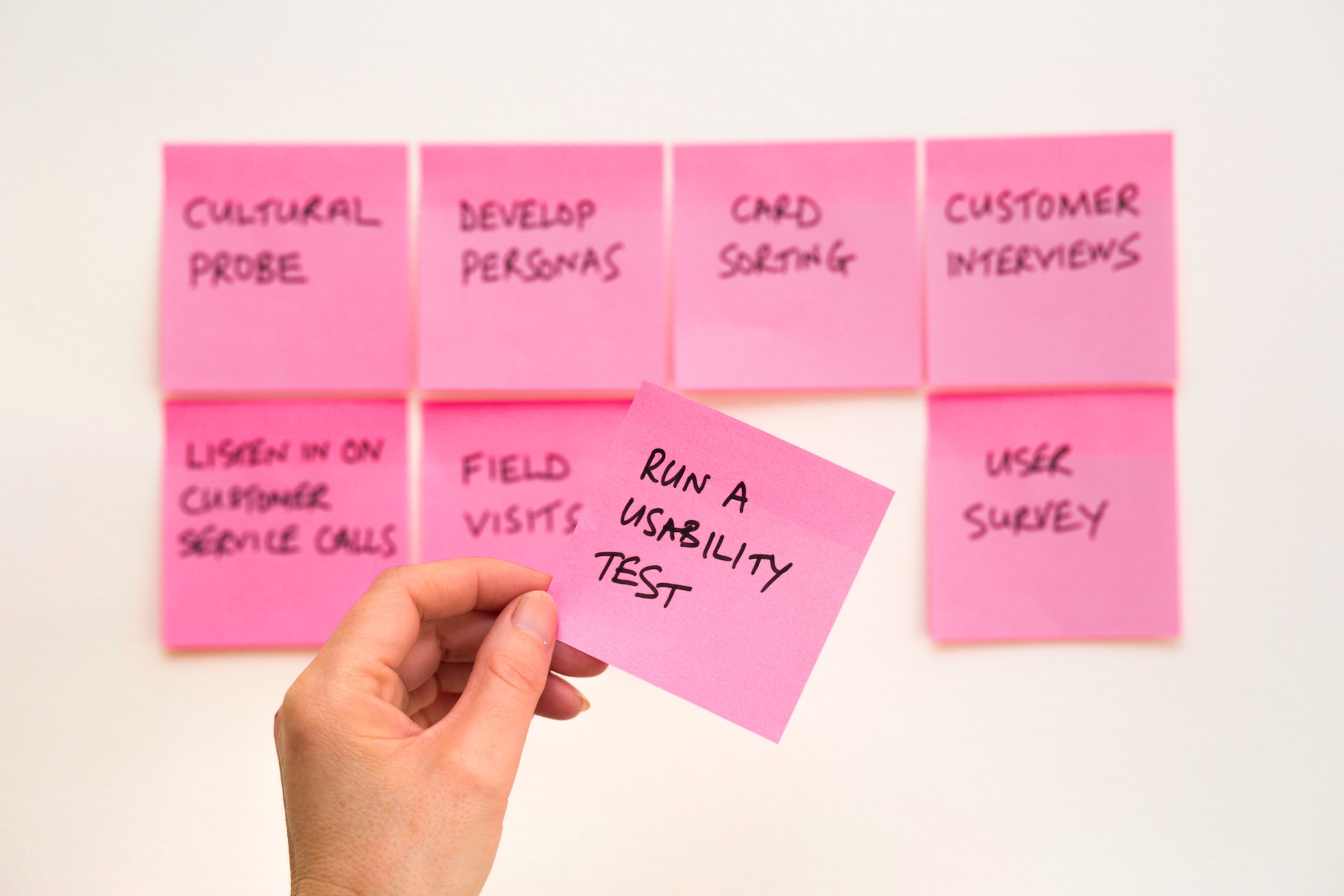What is RICE framework?

Calculating the RICE Score
- Estimate the Reach: Determine the number of users or customers who will be affected by the project or feature over a specific time frame, such as a month or a quarter. This can be done using data from customer surveys, user analytics, or market research.
- Assess the Impact: Evaluate the project's potential impact on the company's goals or the user's experience. This is often measured on a scale of 1 to 3, with 1 being minimal impact and 3 being massive impact. Factors to consider might include revenue generation, customer satisfaction, or user engagement.
- Determine the Confidence: Estimate the level of confidence in the reach, impact, and effort calculations. This is typically measured on a percentage scale, with 100% being absolute certainty and 50% being a 50/50 chance. Confidence levels can be based on the availability of data, past experience, or expert opinions.
- Estimate the Effort: Calculate the amount of work required to complete the project or feature, usually measured in person-months. This should take into account the number of team members needed and the time it will take to complete the work.
- Calculate the RICE Score: Multiply the Reach, Impact, and Confidence factors, and divide the result by the Effort to obtain the RICE score.
How to Use RICE Framework
Example 1: Ecommerce Company
- Personalized product recommendations
- Enhanced search functionality
- Improved checkout process
- Reach: 10,000 users per month
- Impact: 2 (moderate impact on user experience and sales)
- Confidence: 80% (based on the success of similar features in the industry)
- Effort: 4 person-months
- RICE Score: (10,000 * 2 * 0.8) / 4 = 4,000
- Reach: 5,000 users per month
- Impact: 3 (significant impact on user experience and sales)
- Confidence: 70% (some uncertainty about implementation and user adoption)
- Effort: 3 person-months
- RICE Score: (5,000 * 3 * 0.7) / 3 = 3,500
- Reach: 2,000 users per month
- Impact: 1 (minimal impact on user experience and sales)
- Confidence: 90% (strong evidence that the improvement will have a positive effect)
- Effort: 2 person-months
- RICE Score: (2,000 * 1 * 0.9) / 2 = 900

Example 2: App Developer
- Implementing push notifications
- Adding social media sharing functionality
- Redesigning the user interface
- Reach: 500 users per month
- Impact: 3 (significant impact on user engagement)
- Confidence: 75% (some uncertainty about user preferences and notification content)
- Effort: 1 person-month
- RICE Score: (500 * 3 * 0.75) / 1 = 1,125
- Reach: 300 users per month
- Impact: 2 (moderate impact on user engagement and app growth)
- Confidence: 80% (based on the success of similar features in other apps)
- Effort: 2 person-months
- RICE Score: (300 * 2 * 0.8) / 2 = 240
- Reach: 1,000 users per month
- Impact: 1 (minimal impact on user experience)
- Confidence: 50% (uncertainty about the effectiveness of the new design)
- Effort: 3 person-months
- RICE Score: (1,000 * 1 * 0.5) / 3 = 166.67
The Benefits of Using the RICE Framework
Objective decision-making
Efficient resource allocation
Transparent prioritization
Adaptability
Continuous improvement
Limitations of the RICE Framework
Subjectivity
Dynamic environment
Complex interdependencies

Harnessing the Power of the RICE Framework
Related Courses
Describing the ROI of Design
Articulate and demonstrate the value of your Design work in a way that non-design stakeholders understand, appreciate, and reward.
Systematically Improving RAG Applications
Follow a repeatable process to continually evaluate and improve your RAG application
Business Influence for UX Researchers
Maximize impact and influence business outcomes through intentional research
Modeling Business Impact
Learn how to model out the financial impact of business and product initiatives.
Impact through Influence in Engineering Teams
Some people seem to get it all: promotions, raises, bending impact in their favor. Their superpower? Influence. Learn it in this course.
Crisis Engineering
Crisis engineering is the art of restructuring core technical systems and organizational functions during times of peak urgency.
You might also like

Paul Orlando: Why Now? The Secret Ingredient for Product Success

Mastering Competitive Positioning: A Comprehensive Guide for Product Managers

The Product Manager's Guide to Understanding the Market Landscape

